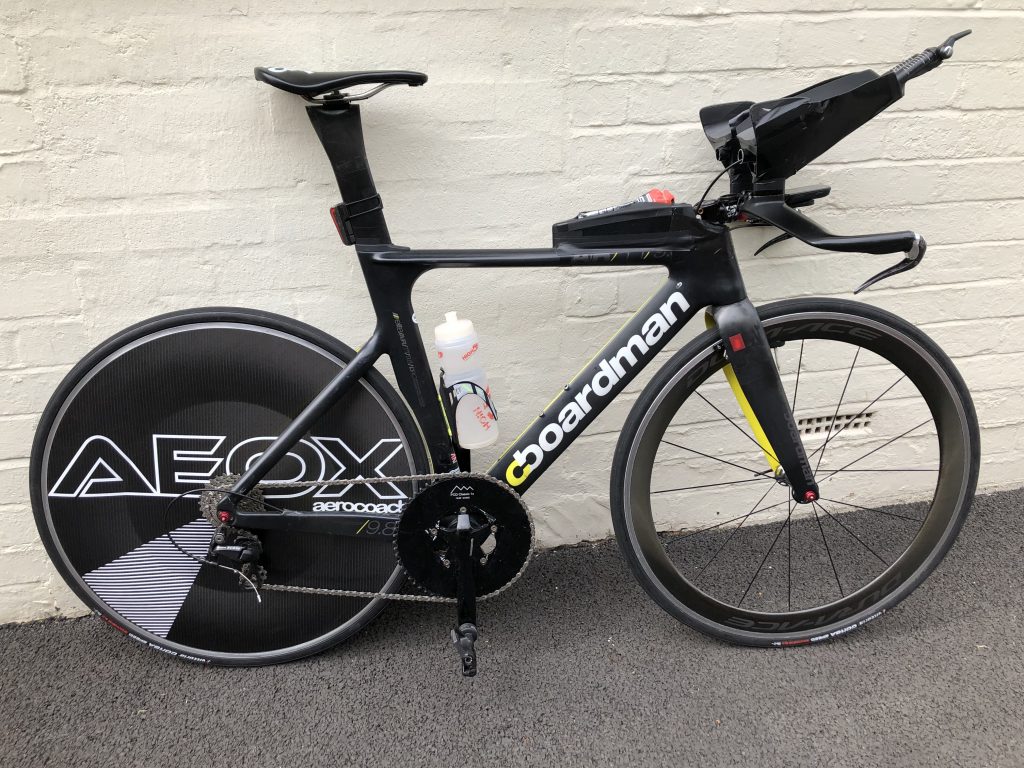
How Important is Aerodynamic Testing?
It’s hardly a secret anymore; you need to pay attention to your aerodynamics, or you are leaving big gains on the table. If you are in an event where time/speed is the deciding factor, you need to look at this.
The reason getting aero is so important in cycling is because of the speeds involved. You’re going pretty fast in a TT, and because aerodynamic drag increases at speed cubed, the faster you go, the less impact small increases in watts will have and the more impact aero drag will make. For example, if you want to double your speed, you will create 4 x the drag, which will require 8 x the power!! So aero is VERY important.
We spend so much time and effort trying to get fitter and stronger, increasing our power/energy in…but maybe we should spend more time working on the energy out?
Getting the First Test Organised
The first few tests with the new AeroSensor were always going to be about learning to work with it and gradually getting more accurate results. I’ve been accumulating a variety of helmets in recent years, and I’ve been looking forward to seeing how they all go. I also thought since it’s my first bash at testing…it’s a quick changeover if it’s just a helmet swap; no faffing with mechanics on this first one.
To see the results of previous tests, click here:
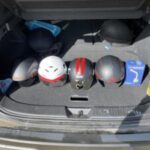
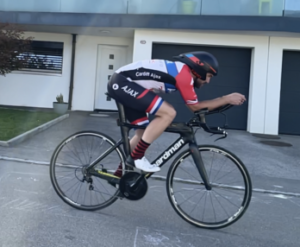
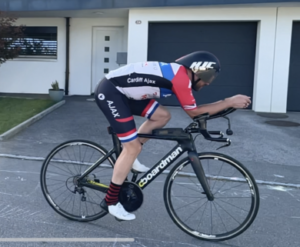
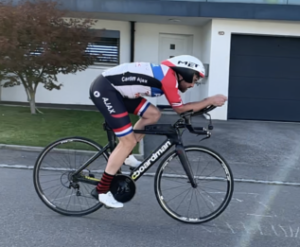
Helmets
- Giro Selector (Left Top)
- HJC Adwatt (Left Middle)
- MET Drone Widebody (Left Bottom)
- Giro Aerohead (Below)
Interestingly, I’d tested the Aerohead and Adwatt against my old Giro Selector with Aerotune in the past…Giro Selector always came out on top for me in multiple tests…and faster without the visor.
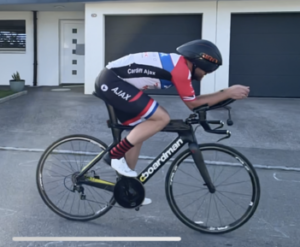
The Results
The results were interesting, the absolute number for the CdA was a little higher than expected (I figured out why later), but it is a great start.
There’s really no substitute for testing; you need solid data to make decisions. It doesn’t matter what it looks like or what you think…it’s either faster or it’s not…let the data tell the story.
My MSc tutor used to tell me not to get attached to the outcome I want; what I want is irrelevant. What does the data tell you?
In this case, the spread of CdA was pretty narrow. With the baseline at 0.339 and the fastest helmet at only 0.007 faster (Aerohead)…I’m a bit shocked they are all so closely packed together.
A general rule is that for every change in CdA of 0.01, you are changing the required power by 8-10 watts. So maybe the Aerohead is around 5 watts faster on this test…but what it really tells me is that I want to test it again.
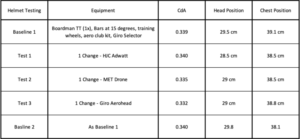
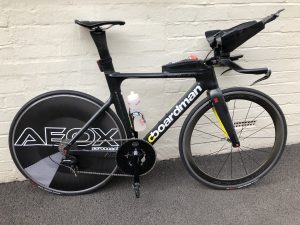
Conclusions
With any testing like this, it’s a continuous process; you’re never really done. Once ‘ve processed the data, I always make a few notes on what to test next.
I learned a lot about the testing and using the AeroSensor. I looked into the details, and I had the Crr (rolling resistance) set too low, which is why the absolute numbers of CdA are a little higher than expected. But that’s great, a step forward, and more testing to be done next week where I want to try some front-end position changes.
Here are the links to previous tests, click here:
Any Questions?
Feel free to get in touch if you have any questions, always happy to help.


